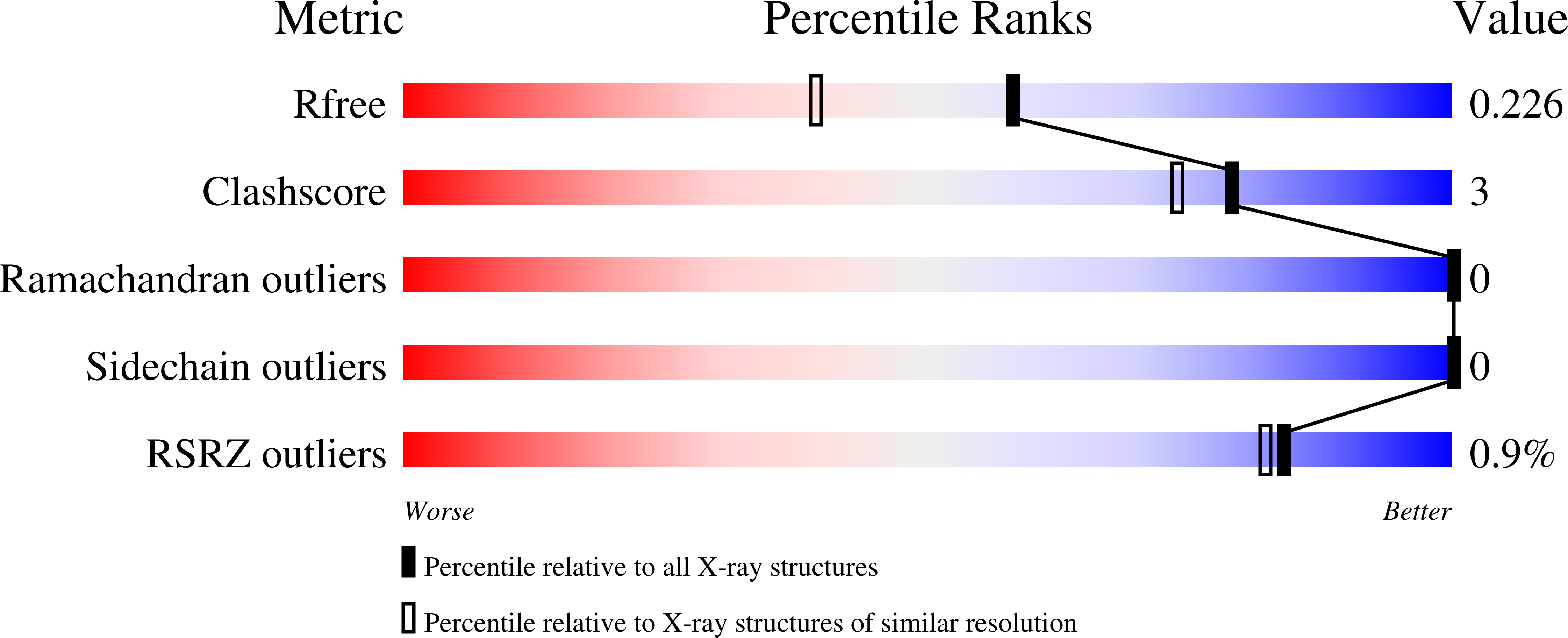
Deposition Date
2022-05-30
Release Date
2023-04-12
Last Version Date
2024-10-16
Entry Detail
PDB ID:
8D2M
Keywords:
Title:
Covalent Schiff base complex of YedK C2A and abasic DNA
Biological Source:
Source Organism:
Escherichia coli (Taxon ID: 562)
synthetic construct (Taxon ID: 32630)
synthetic construct (Taxon ID: 32630)
Host Organism:
Method Details:
Experimental Method:
Resolution:
1.82 Å
R-Value Free:
0.22
R-Value Work:
0.17
R-Value Observed:
0.18
Space Group:
P 1 21 1


